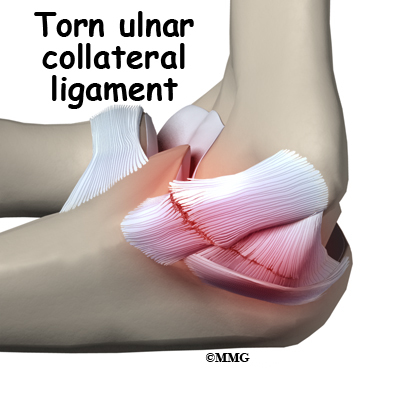Ulnar collateral ligament (UCLR) reconstruction, a common injury for pitchers in Major League Baseball, is often called "Tommy John Surgery" after the New York Yankees pitcher who made it famous, In 1974, Dr. Frank Jobe made medical history when he replaced the pitcher's torn medial collateral ligament with a tendon from John's forearm and he went on to pitch for 14 more years and added 164 more victories - after an injury that had been career-ending in the past.
Results out today show that pitchers win more games following Tommy John Surgery but another paper disagrees. The scholars at Henry Ford Hospital say the performance decline is notabled and that they the largest cohort of professional pitchers to date to examine the issue.
They analyzed pitching statistics of 168 MLB pitchers before and after surgery between 1982 and 2010 and found diminishing returns in three major pitching categories: Earned runs average (ERA), walks and hits per inning pitched (WHIP) and innings pitched (IP). Their findings:
Earned Run Average (ERA) increased 4.15 to 4.74.
Walks Hits per Inning Pitched (WHIP) increased 1.40 to 1.48.
Innings Pitched (IP) declined 59 to 50.
"Tommy John surgery is an effective surgery and most pitchers get back to pitching after surgery. But it's not going to improve their level of performance," says Vasilios (Bill) Moutzouros, M.D., a Henry Ford orthopedic surgeon and the study's senior author. "There's been a perception that the surgery will make you better. Our findings debunk that perception. 80 to 90 percent of major league pitchers will get back to pitching at the major league level but they just won't be as effective as they were before injury."

Torn ulnar collateral ligament. Credit and link: Methodist Orthopedics
Until this observational study, research had shown that a high percentage of players returned to the same level of performance after UCL reconstruction, and the perception among some players, coaches and parents was that UCL reconstruction would even lead to a higher level of performance. In the only other study involving just MLB pitchers (68 pitchers), 82 percent of them returned to the mound after surgery and had no significant decline in performance.
The authors of the new study sought to examine the effects of UCL reconstruction on pitching performance involving the largest cohort of MLB pitchers and identify risk factors associated with the pitching injury, says Robert Keller, M.D., a third-year Henry Ford orthopedic resident and study co-author whose father Phil was a teammate of Tommy John in the 1970s.
The cohort of 168 pitchers pitched in at least major league game after undergoing UCL reconstruction between 1982 and 2010. Data collected included the year of surgery, pitchers' age, years of MLB experience, height/weight, body mass index, pitching arm injured, pitching role, pitching statistics, and whether the pitcher returned to MLB pitching after surgery. This was then averaged for the three years of pitching before UCL reconstruction and for the three years after returning to play.
)
Dr. Bill Moutzouros of Henry Ford Hospital
For comparison, researchers collected similar data of 178 MLB pitchers in a control group with no prior UCL reconstruction and age-matched them with a corresponding UCL reconstruction pitcher. Performance was determined using three years of statistics before their "index year" (their roster year of either 2004 or 2005) and three years after their "index year."
Drs. Moutzouros and Keller used paired analysis, generalized estimating equation model and other commonly used research tests to evaluate the data. Other highlights:
- UCL pitchers were "statistically better" than the control group in ERA, WHIP, IP and win percentage in the three years and two years before surgery.
- In the year before surgery, UCL pitchers' performance declined significantly.
- After surgery, the control group was either superior in nearly every performance measure or no difference observed.
- A predictor of surgery is MLB experience. Sixty percent of pitchers required UCL reconstruction within their first five years in the MLB.
While the cause of UCL injury is not fully known, orthopedic specialists theorize it's due to overuse and stress on the elbow, pitching velocity and joint motion, Dr. Keller says, adding that surgery isn't a panacea.
"We even have parents who come into our clinic asking if their children can have the surgery even before they injure anything because they think potentially it can make them better. What this study shows is it doesn't. Matter of fact, players get statistically worse after having this surgery."






Comments